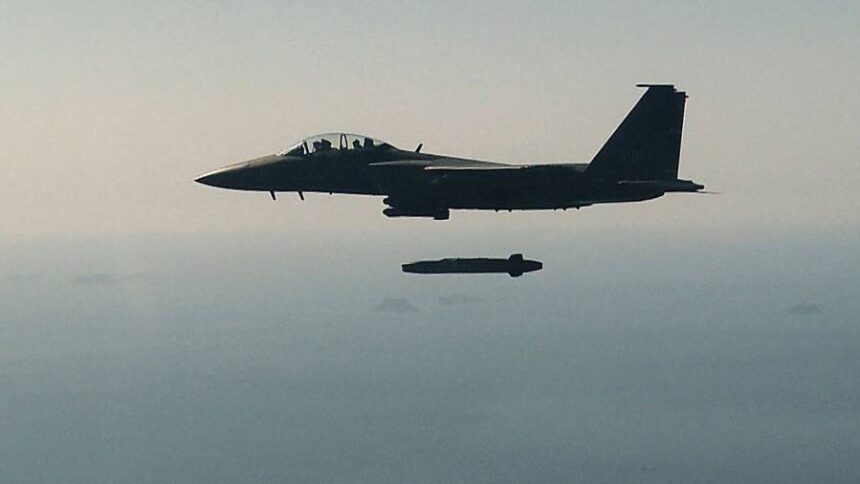Receive free War in Ukraine updates
We’ll send you a myFT Daily Digest email rounding up the latest War in Ukraine news every morning.
German chancellor Olaf Scholz is under mounting pressure to provide cruise missiles to Ukraine to bolster its struggling counteroffensive against Russian forces.
Two lawmakers in Scholz’s Social Democrat party (SPD), which has often been more cautious than its coalition partners, have recently joined a chorus of voices calling for Swedish-German made Taurus missiles to be sent to Kyiv.
“The counteroffensive is faltering, the Ukraine does not have a significant air force to support it,” Andreas Schwarz, an SPD member of parliament, told the German news outlet Der Spiegel on Sunday. “That leaves only guided missiles such as Taurus cruise missiles, with which the Ukrainian army could overcome the minefields laid by the Russians and recapture territory.”
His comments were cautiously echoed by Nils Schmid, foreign policy spokesman for the SPD in parliament, who told German newspaper Tagesspiegel that he did not “rule out” supplying systems such as Taurus in conjunction with the US.
Schmid warned, however, that it was vital to ensure that Ukrainian soldiers — rather than their German counterparts — could do target programming, otherwise it would bring Berlin “dangerously close to direct participation in the war”.
Further supplies of cruise missiles would offer a boost to the Ukrainian counteroffensive, launched in June, that has made only moderate progress towards its aim of liberating Russian-occupied far eastern and southern regions.
Equipped with German Leopard tanks and other Nato-grade weaponry provided by western allies, Ukraine’s infantry has struggled to break through heavily mined and fortified Russian positions.
In a bid to soften the ground, Ukraine’s air force bombers have used British Storm Shadow long-range cruise missiles, provided earlier this year, to repeatedly strike Russian weapons arsenals, fuel depots, command posts and logistical infrastructure including bridges.
Moscow has responded in recent weeks by heavily targeting air bases with air strikes in a bid to counter the threat posed to its faltering full-scale invasion by the long-range missiles.
Last month, France announced it would follow the lead of the UK by supplying Ukraine with Scalp missiles, which like British Storm Shadows have a range of about 250km.
But Germany, along with the US, has been more hesitant, with policymakers in Berlin fearing the risk of escalation that would come with supplying a weapon with a range of more than 500km that could be used to strike Russian territory.
The German defence minister Boris Pistorius said last week that supplying Taurus missiles, which are produced by a joint venture between Germany’s MBDA and a subsidiary of Sweden’s Saab, “is not our top priority right now”.
He said Germany, which is the second-largest supplier of weapons to Ukraine in absolute terms after the US, was not the only country to be hesitant about such a move, pointing to reticence from Washington. He added that German missiles had a “special reach”.
The debate has drawn comparison in Germany with the long and painful discussion about dispatching German-made Leopard 2 tanks to Ukraine, which reached a peak in January this year after months of deliberations that drew frustration from Berlin’s international allies.
Scholz eventually struck a deal with Joe Biden to send the Leopard 2 to Kyiv — and allow other European countries to do the same — with the US committing to send its own Abrams tanks.
Schwarz said that he now had a sense of “déjà vu”, adding: “As with the tank issue, we are now refusing to hand over important equipment that will probably be delivered in the end.”
He argued that Ukraine could already target Russian territory with Mars and Himars artillery systems that have been delivered by Germany — but had not yet done so.
Colonel Yuriy Ignat, spokesperson at Ukraine’s air force, said that “we would like to see the Taurus cruise missiles alongside the Storm Shadows and Scalps.”
“We need more weaponry of this type . . . you can see their effectiveness in the burning up of Russian weapons depots, pontoon crossings and bridges,” Ignat said.








